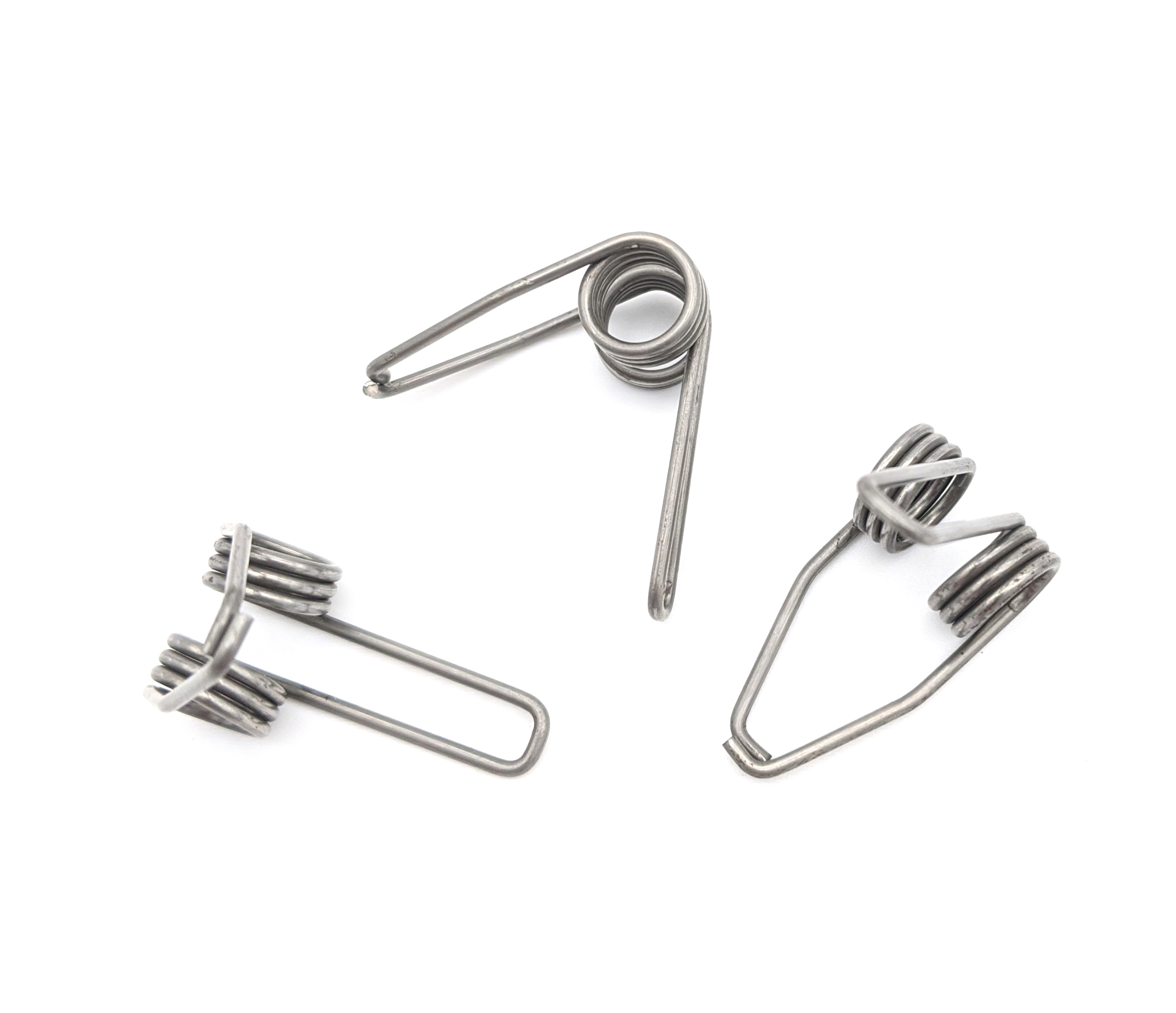Get unique, complex parts easily. No matter your requirements, Chaoyi Spring creates hard-to-produce coil springs and wire forms.
Let us help you create the custom wire form you need, from S-hooks and J-hooks to utility hooks and more.
We work closely with customers across a wide range of industries, helping them design and manufacture made-to-order parts.
Why choose Chaoyi Spring? We prioritize customer-focused collaboration, modern equipment and the latest technology to make your parts per print.
Find the information and guidance you need, from measuring a spring to learning about materials, placing an order and much more.
When it comes to springs, two fundamental types dominate: compression and tension springs. These seemingly simple devices are ubiquitous in countless applications, from the delicate mechanics of a watch to


When it comes to springs, two fundamental types dominate: compression and tension springs. These seemingly simple devices are ubiquitous in countless applications, from the delicate mechanics of a watch to the robust suspension systems of vehicles. While they share the common principle of storing and releasing elastic energy, their distinct operating mechanisms and design characteristics make them ideal for different functions. This article delves into the key differences between compression and tension springs, exploring their unique properties, applications, and the factors that influence their selection.

Imagine a coiled spring that gets shorter when you press down on it. That's the essence of a compression spring. These springs are designed to resist compressive forces, storing energy as they are compressed and releasing it when the force is removed. This property makes them crucial components in various applications, from shock absorbers in vehicles to the springs in ballpoint pens.
Compression springs have a distinct characteristic: they don't need any attachments at their ends. Their coils are not touching when unloaded, and the compression force acts along the spring's axis. This inherent design allows them to operate within enclosed spaces, making them ideal for confined applications like shock absorbers or spring-loaded mechanisms.
Some common examples of compression spring applications include:
Tension springs, on the other hand, are designed to resist tension or pulling forces. As you pull on a tension spring, it stretches and stores energy. When you release the force, the spring contracts back to its original length. Imagine a spring used to pull a door closed – that's a prime example of a tension spring in action.
Tension springs differ from compression springs in several ways:
Here are some common examples of tension spring applications:
Deciding between a compression and a tension spring depends heavily on the specific application and the type of force being resisted. Here's a breakdown of key considerations:
While compression and tension springs are the most common, they are not the only players in the spring world. Other spring types include:
Springs, from the simple compression and tension types to more specialized designs, are essential components in countless applications. Understanding the distinct characteristics of these spring types and their advantages and disadvantages allows engineers and designers to select the most suitable spring for a particular application. By choosing the right spring, they can create efficient, reliable, and safe systems that meet the specific demands of their designs. So next time you encounter a spring, take a moment to appreciate its versatility and the vital role it plays in our modern world.
Whether it's a compression spring supporting a vehicle's weight, a tension spring retracting a retractable cord, or any other spring type performing its specific function, springs continue to be indispensable in countless industries and applications. As technology advances, the demand for innovative and efficient spring designs is only expected to grow, making them a crucial aspect of engineering and design for years to come.
Browse some of the custom wire forms and springs that we manufacture. Don’t see what you need? We specialize in made-to-order products that meet your application requirements.
Visit Our GalleryNeed a custom wire form or coil spring? We make it work. Fill out the contact form and a representative will respond within 1 business day. If you have a PDF or CAD file, you can submit to request a quote.